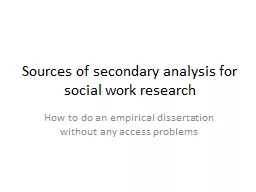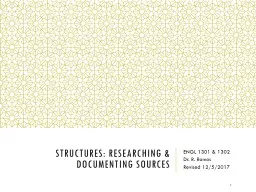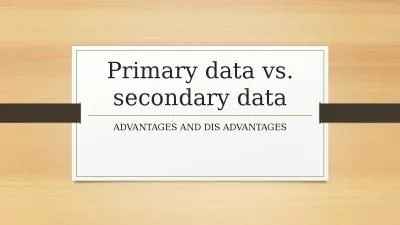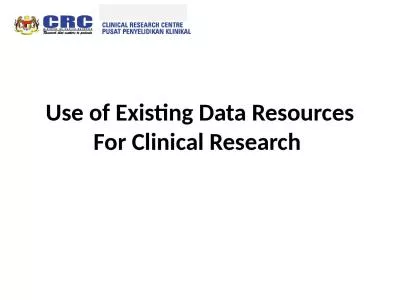PPT-Sources of secondary analysis for social work research
Author : tatyana-admore | Published Date : 2016-07-16
How to do an empirical dissertation without any access problems When dissertation research goes well The topic really interests you There is plenty of rich data
Presentation Embed Code
Download Presentation
Download Presentation The PPT/PDF document "Sources of secondary analysis for social..." is the property of its rightful owner. Permission is granted to download and print the materials on this website for personal, non-commercial use only, and to display it on your personal computer provided you do not modify the materials and that you retain all copyright notices contained in the materials. By downloading content from our website, you accept the terms of this agreement.
Sources of secondary analysis for social work research: Transcript
Download Rules Of Document
"Sources of secondary analysis for social work research"The content belongs to its owner. You may download and print it for personal use, without modification, and keep all copyright notices. By downloading, you agree to these terms.
Related Documents














